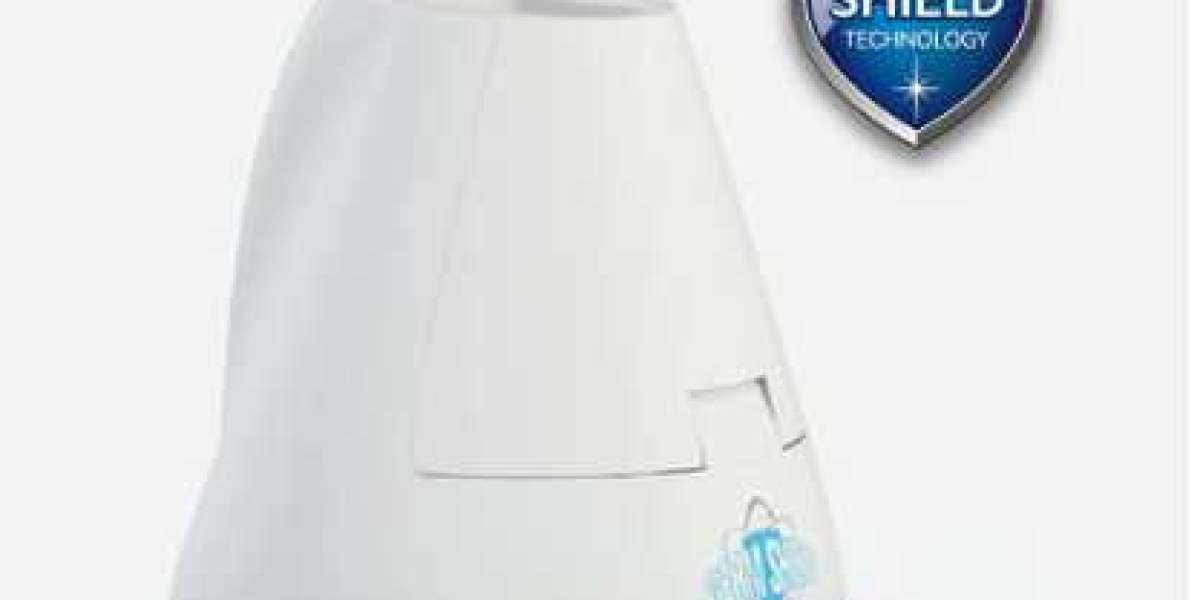Introduction to Self-Sanitizing Toothbrushes
Self-sanitizing toothbrushes are an innovative solution for maintaining oral hygiene, combining effective cleaning with advanced sanitization technology. These toothbrushes are designed to automatically eliminate bacteria and germs that accumulate on the brush head, ensuring a cleaner brushing experience. In this guide, we will explore the benefits, features, and maintenance of self-sanitizing toothbrushes.
How Self-Sanitizing Technology Works
Mechanism of Action
Self-sanitizing toothbrushes typically utilize UV-C light or antimicrobial materials to reduce the microbial load on the brush head. When the toothbrush is docked in its charging station or when it’s not in use, the sanitization feature activates, killing up to 99.9% of bacteria and viruses. This process ensures that each brushing session starts with a clean brush head, promoting better oral health.
Benefits of Self-Sanitizing Technology
- Enhanced Hygiene: Regular sanitization significantly lowers the risk of oral infections and diseases, offering peace of mind for users.
- Convenience: The automatic nature of self-sanitizing toothbrushes eliminates the need for manual cleaning, making oral care easier and more efficient.
- Reduction of Odors: By killing bacteria, these toothbrushes help prevent unpleasant odors that can arise from bacterial buildup.
Advantages of Self-Sanitizing Toothbrushes
1. Effective Plaque Removal
Like traditional electric toothbrushes, self-sanitizing models use oscillating or sonic movements to effectively remove plaque and food particles, enhancing overall oral hygiene.
2. Built-in Charging Stations
Many self-sanitizing toothbrushes come with a charging station that not only powers the toothbrush but also includes the sanitization feature. This dual function adds convenience for daily use.
3. Long Battery Life
Self-sanitizing toothbrushes often feature rechargeable batteries that can last weeks on a single charge, making them ideal for busy lifestyles or travel.
4. Ergonomic Design
Designed for comfort and usability, these toothbrushes typically have ergonomic handles and are lightweight, making them easy to maneuver during brushing.
Features to Look For
1. Multiple Brushing Modes
Many self-sanitizing toothbrushes offer various modes to cater to different needs, such as:
- Daily Clean: For routine brushing.
- Sensitive: Gentle cleaning for sensitive teeth and gums.
- Whitening: Focused on removing surface stains.
2. Smart Timers
Built-in timers encourage users to brush for the recommended two minutes, ensuring thorough cleaning and promoting better oral health habits.
3. Compatibility with Replacement Heads
Check if the toothbrush is compatible with a range of replacement heads, allowing customization based on individual preferences and dental needs.
Maintenance Tips for Your Self-Sanitizing Toothbrush
1. Replace Brush Heads Regularly
To ensure optimal cleaning, replace the brush head every three months or sooner if the bristles are worn. This maintains both performance and hygiene.
2. Clean the Brush Head
Although the toothbrush has self-sanitizing features, it’s still important to rinse the brush head after each use to remove toothpaste and debris.
3. Store Properly
Store your self-sanitizing toothbrush in its charging station to keep it clean and ready for use. Ensure that the bristles are allowed to air dry to prevent bacterial growth.
Conclusion: Upgrade Your Oral Hygiene Routine
Investing in a self-sanitizing toothbrush is a smart choice for anyone looking to enhance their oral hygiene routine. With the combination of advanced cleaning technology and automatic sanitization, these toothbrushes provide a convenient and effective solution for maintaining a healthy smile. By incorporating a self-sanitizing toothbrush into your daily routine and following best practices for care, you can enjoy improved dental health and a cleaner, fresher mouth.



